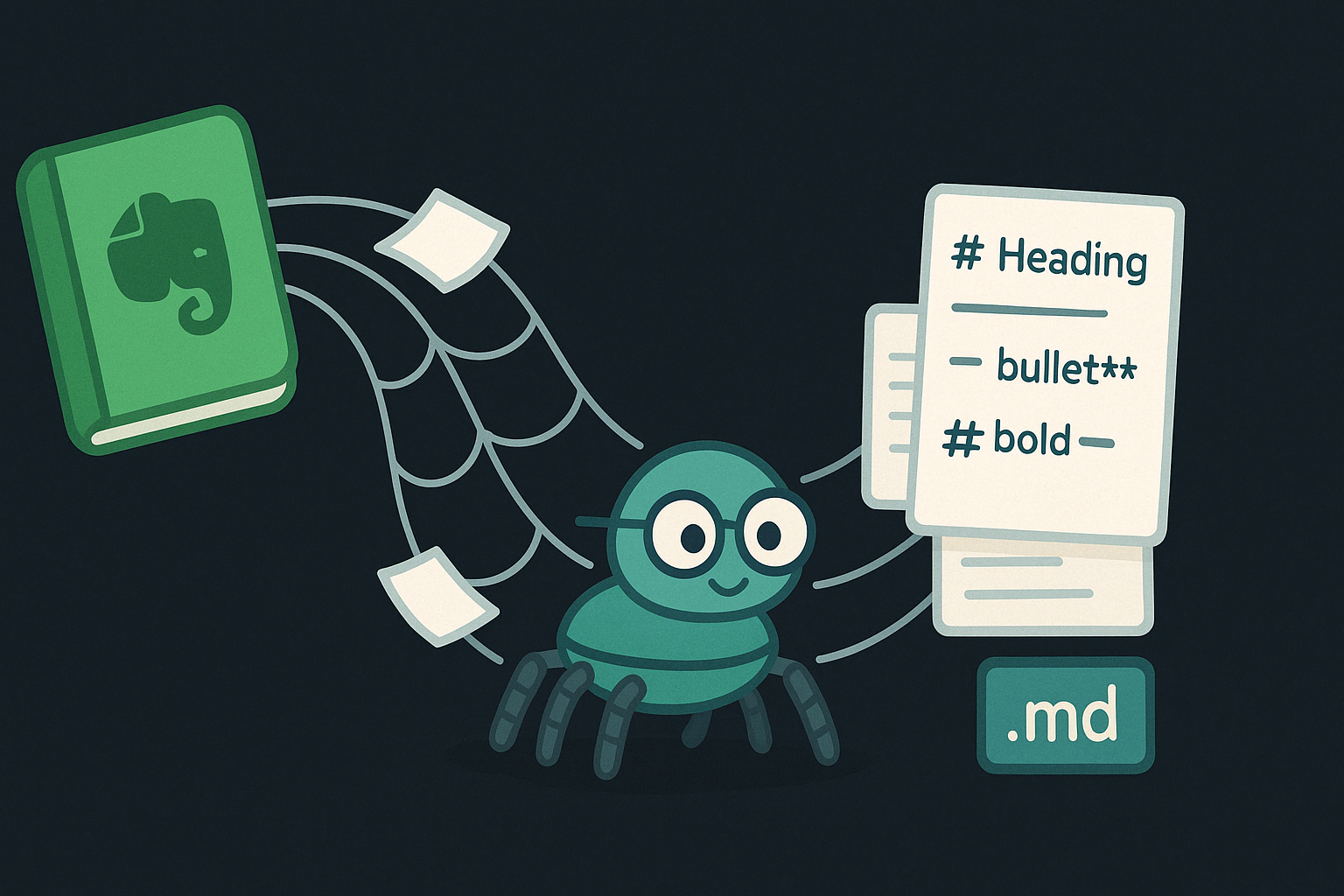
Last Update: January 16, 2025
BY eric
eric
Keywords
Safeguard Your Secret and Hide It in Plain Sight
In today’s world, smartphones have become indispensable. They hold our personal details, contacts, emails, photos, text messages, social media posts, and a host of other data, making them a treasure trove for anyone interested in accessing our information. This makes protecting our data, privacy and secret information a critical priority.
While most smartphones are secured with a PIN or similar methods, this alone is not foolproof. Phones can be hacked using various sophisticated techniques [1]. Additionally, there are situations where you might have to unlock your phone—willingly or under pressure—and hand it over to someone else.
To mitigate the risk of exposing sensitive information, you can either encrypt your data or hide it. Encryption acts like a safe: it’s visible, and everyone knows there’s something valuable inside. With enough time or pressure, however, safes can be cracked—or unlocked by the owner involuntarily. Data hiding, on the other hand, offers a more subtle approach. For instance, you could rename a file and store it in an inconspicuous folder. However, among all hiding methods, steganography stands out as an art form that has been practiced for thousands of years.
A good example of hiding is from the movie The Shawshank Redemption, where a hole behind a poster helps Andy Dufresne escape his cell. Without knowing the hole exists, the poster remains a simple decoration. Similarly, steganography conceals data in such a way that its very existence is hidden, adding an extra layer of protection. By combining both encryption and hiding techniques, your data security can be significantly enhanced.
Steganography is not just about protecting sensitive data; it can also help bypass surveillance or censorship. For instance, whistleblowers can securely pass information about injustice or corruption to journalists, and undercover agents can communicate discreetly without raising suspicion. History offers many examples of steganography in action. During the fifth century B.C., a Greek plotting a revolt against the Persian king shaved a messenger’s head, inscribed the message on his scalp, and waited for the hair to grow back. The messenger safely passed checkpoints and delivered the hidden message [2].
If you’re an Android user, consider using the “Hide Like a Pro” app to achieve your goals of securing your data. The app provides tools for encrypting and decrypting secret messages. Demonstration videos are available on YouTube at the following links:
You can download the app here:
Download Hide Like a Pro
References
- Chris Smith. “This Israeli company can hack into any Apple or Android phone.” NY Post, 2016. Link (Accessed May 14, 2019).
- Gregory Kipper. Investigator’s Guide to Steganography. Auerbach Publications, 2004.
Previous Article

Jan 17, 2025
Comparing AI Text-to-Image Tools
In this post, we compare and contrast the capabilities and features of various text-to-image AI tools, including DALL-E, Ideogram, Grok, FlexClip, Microsoft Designer, and Deep Dream Generator.
Next Article

Jan 15, 2025
Create Site-to-Site VPN Connection Between On-Premises Network to Google Cloud with Meraki
In this post, we will outline the steps to create a site-to-site VPN connection between your on-premises network and Google Cloud with a Meraki router.





